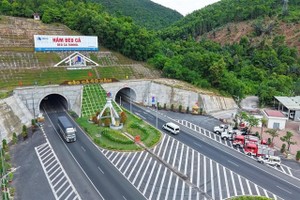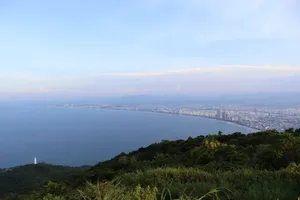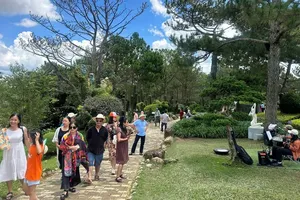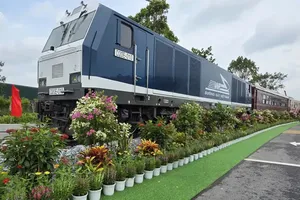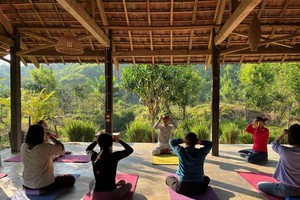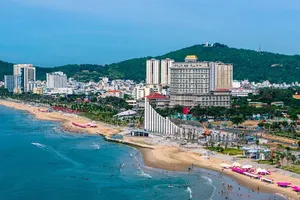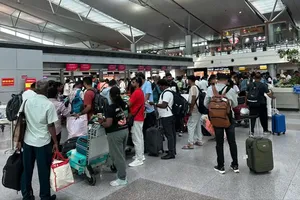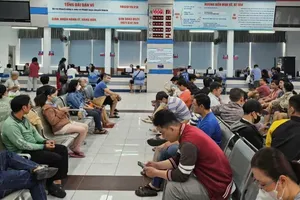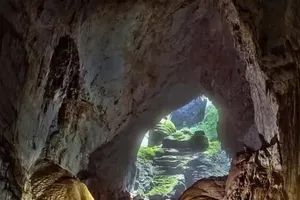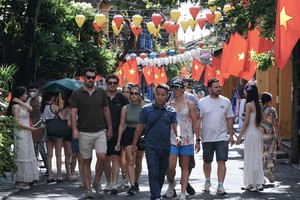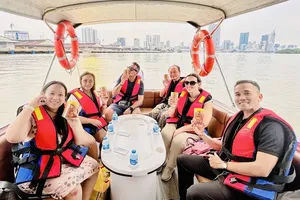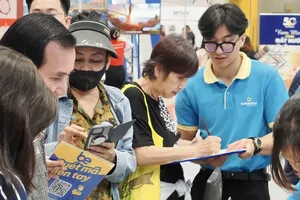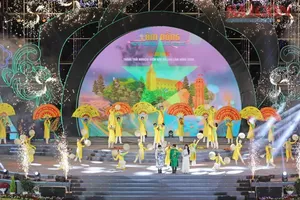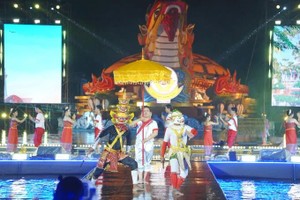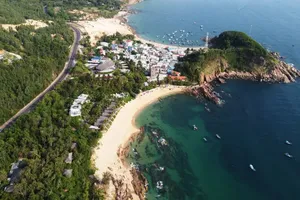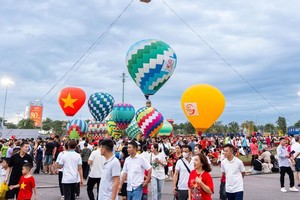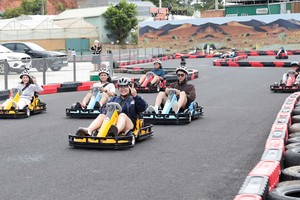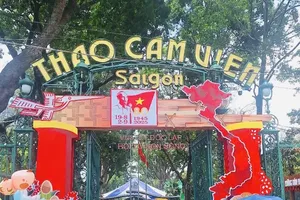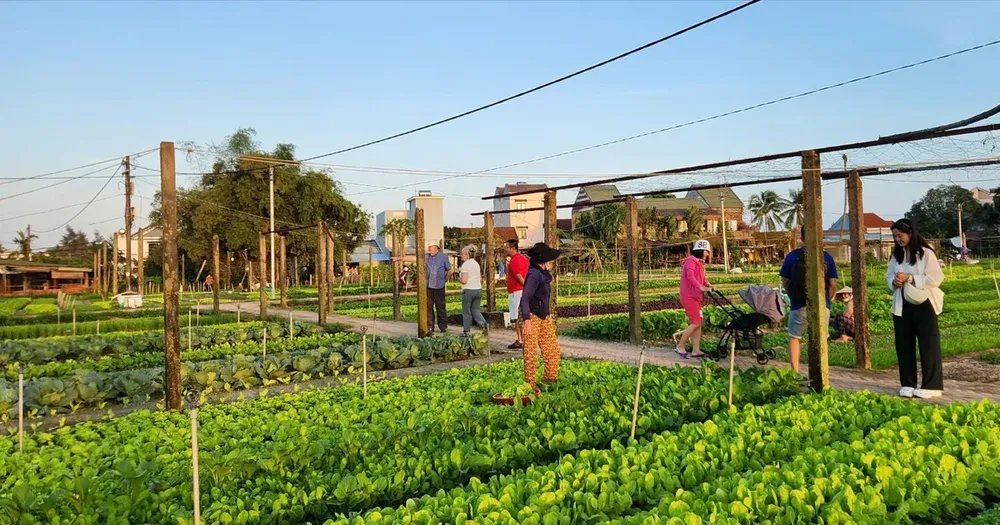
Nestled amidst the lush green landscapes on the outskirts of HCMC, Nong Trang Xanh (Green Farmland) in An Nhon Tay Commune shines like a gem of modern agriculture. Here, visitors can immerse themselves in the tranquil atmosphere of its fruit and vegetable gardens.
From an initial 3-hectare plot inspired by successful farm models in the Republic of Korea and Japan, Nong Trang Xanh has expanded to include specialized zones such as a mushroom cultivation house, livestock pens, and net houses for growing melons and organic vegetables. The farm attracts approximately 1,000 visitors for tours and retreats each month, nearly half of whom are from other provinces or are foreign tourists.
Not far from HCMC’s center, Tam Nong Farm in An Phu Dong Ward has long been a cherished destination for city dwellers and visitors from across the southern region. The farm’s owner Huynh My explains that Tam Nong Farm offers an authentic countryside experience in the heart of the metropolis, complete with shaded groves, thatched-roof houses, earthen walls, and a peaceful absence of urban noise. Visitors can also interact with traditional farming tools once used by their ancestors.
According to Dr Nguyen Van Bac, an advisor to the farm, all production models employ organic and circular methods, including the use of biological bedding in poultry pens to effectively neutralize odors from animal waste. Juley Jasmin, a South African tourist who became enchanted with the farm during a trip, now resides there long-term. “I needed a long-term base in HCMC to live and work”, she shared. “I discovered this farm and was captivated. I chose to stay because it is so harmonious with nature, plants, and the fresh climate.”
Twelve years ago, design engineer Tran Van and his wife left the city behind to establish a farm in Xuan Son Commune, HCMC (formerly part of Ba Ria-Vung Tau Province). At the time, Xuan Son was an impoverished commune with barren land, where locals relied on meager incomes from corn, cassava, and slow-growing acacia trees.
Following the Covid-19 pandemic, driven by demand from family and friends, Van boldly pivoted towards combining agriculture with tourism. On his one-hectare plot, he created the Suoi Rao Forest eco-tourism site, featuring a man-made lake, fruit orchards, and gardens of vegetables as well as medicinal herbs. He also acquired eight traditional wooden houses from the Central Highlands, offering international guests a unique cultural lodging experience. The farm now welcomes 300-400 tourists each week.
Statistics from the HCMC Department of Agriculture and Environment reveal that the city is now home to nearly 100 farms offering tours and retreats. The growth of agritourism aligns with the strategic goal of developing a green, modern, and sustainable agricultural sector with high added value. It also serves a growing societal demand for educational and experiential green tourism.
However, tourism expert Nguyen Van My cautions that while HCMC’s agritourism has significant advantages, it requires professional organization to be sustainable. He stresses the need for service linkage chains between cooperatives and farmers to create a more expansive and appealing ecosystem.
Key challenges to sustainable development include inadequate infrastructure, limited investment capital, and a lack of tourism-specific skills among farmers. He advocates for supportive policies that streamline business registration, provide low-interest loans, and offer tax incentives to encourage participation.
Meanwhile, Deputy Director Duong Duc Minh of the Institute for Research and Development of Economy and Tourism argues that the “raw materials” for agritourism in HCMC already exist. “The main task now”, he says, “is to connect them into a cohesive chain of experiences to heighten emotional engagement and attract tourists, especially those seeking unique cultural encounters.”
According to Vice Chairwoman Huynh Thi Kim Xuyen of the HCMC Farmers’ Union, achieving the dual goals of making tourism a key economic sector and building a new sustainable countryside requires a strategic approach.
She calls for a comprehensive agritourism plan based on the region’s agricultural resources, landscapes, and intangible cultural assets like festivals, folk arts, customs, and traditional crafts. She also emphasizes the need for promotional programs and product development support tailored to the unique agricultural, cultural, and ecological characteristics of each locality.
